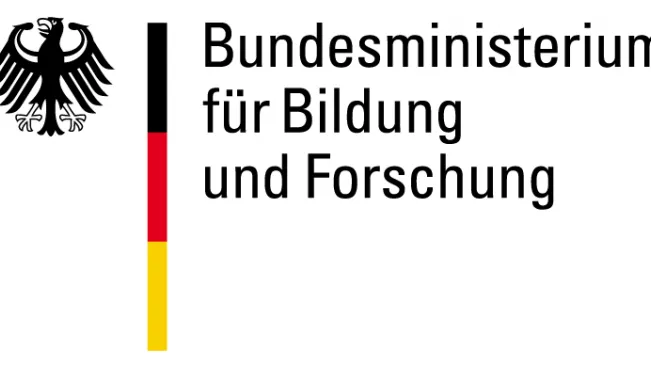Fivis - Immersive Bicycle Simulator

Research project at a glance
Departments and Instituts
Funding type
Period
01.06.2010 to 31.05.2013
Project manager at H-BRS
Project Description
Aims:
The objective of the research project described here was to develop a bicycle simulator prototype to be used in road traffic education and road safety training, based on the Fivis bicycle simulator developed at Bonn-Rhein-Sieg University of Applied Sciences. The prototype had to be universally applicable for different age groups as well as for various applications.
Activities/Methods:
The following sub-tasks have been addressed:
- Design and implementation of potentially hazardous road traffic scenarios
- Conceptual design and construction of a mobile, yet immersive bicycle simulator
- Development and evaluation of a system for hand signal and shoulder check detection
- Development of an automatic scoring and user administration system
- Preparation of a first didactical concept to be used in school
Results:
The bicycle simulator Fivis developed at the Bonn-Rhein-Sieg University of Applied Sciences is based on flat LCD monitors and a modular frame system. It requires little space and can be built up quickly. This extends the bicycle simulator’s applicability, since the system can be mounted on a mobile platform (e. g. trailer). This allows the system to be deployed at various alternating locations. The simulation software has been extended during the project period. A sample detection system for typical mistakes, such as missing hand signals or disregarding the right of way, has been integrated into the simulator.
Typical hazardous situations have been identified and implemented as scenarios within the simulator. In addition, a didactical concept for the use of the simulator at secondary school level has been developed. First evaluation studies with sixth graders indicate that the simulator is accepted as a reasonable means for traffic education.
The question of whether the use of the mobile bicycle simulator will have the desired effect of reducing the bicycle accident rates can only be answered by conducting a long-term study. Results of first studies involving children of different age groups indicate that simulator training contributes to the handling of real hazardous situations in road traffic, as well as to increase of the overall attentiveness and alertness.
Research associates
Cooperation partners
Research Assistants
Sponsors

